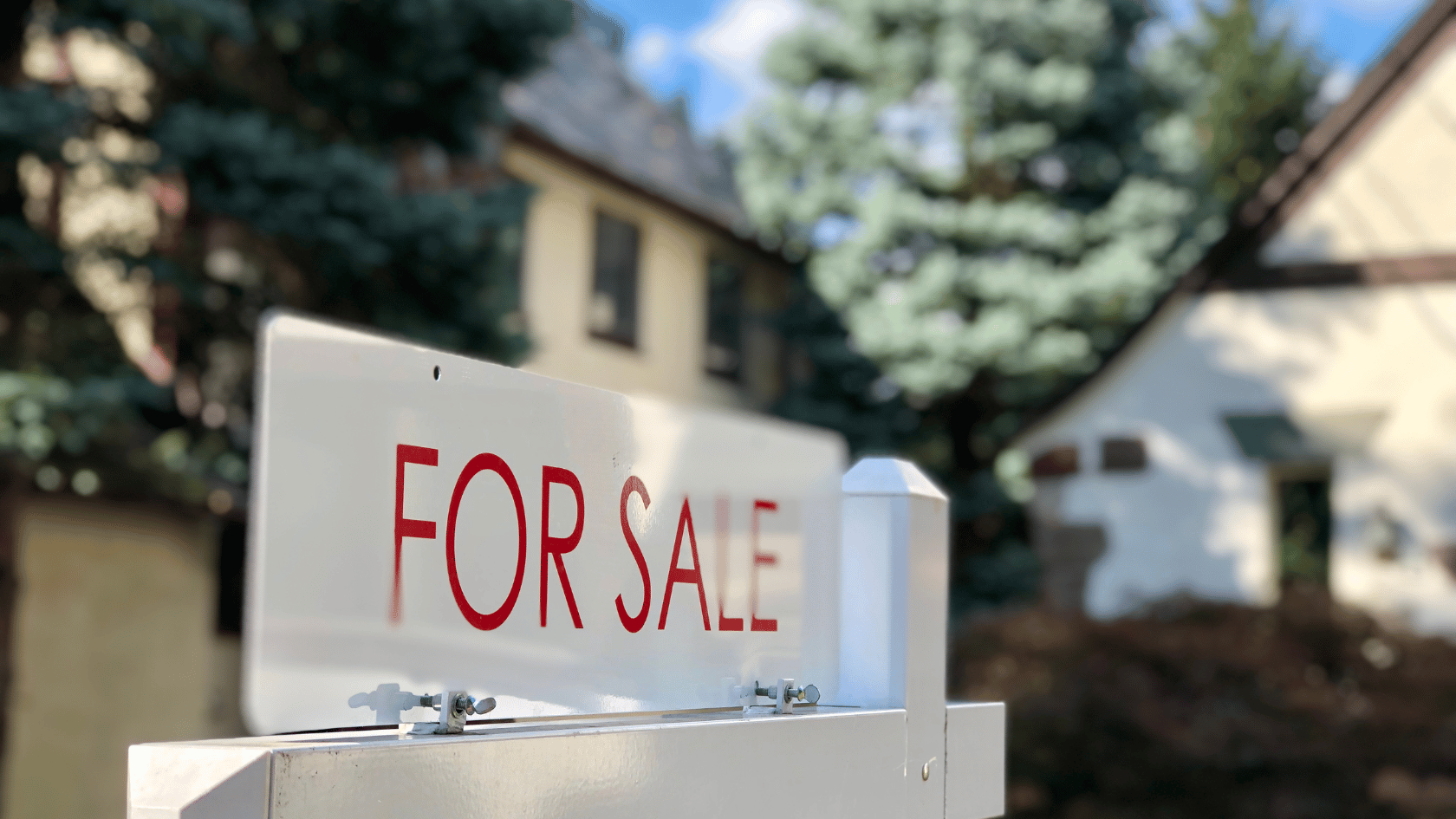Investing in commercial real estate can be a great way to build wealth and achieve financial freedom. However, as with any investment, it's important to regularly evaluate the performance of your assets and make informed decisions about whether to hold onto them or sell them. This can be a challenging decision, especially when you have a sentimental connection to the property or when it's providing steady cash flow.
In this blog post, we'll explore the pros and cons of selling cash-flowing assets, and provide some tips on how to make an informed decision. Whether you're a seasoned real estate investor or just starting out, this post will provide you with some valuable insights into how to optimize your investment portfolio.
Evaluating Your Investments: Pros and Cons of Selling Cash-Flowing Assets
The mastermind group I'm a part of has been discussing whether to sell cash-flowing assets or hold onto them. I personally achieved financial freedom by gradually collecting one or two small multifamily properties each year until the cash flow was enough to replace my income at my W-2 job. My wife and I never really scaled, but we took on slightly larger rehabs each time. Over the years, the properties have increased in value due to the rising tide of the market.
The return on our original investment, which was usually some down payment left in the properties after refinancing, has been pretty high — around 30%. However, since we stopped buying a little before the pandemic, the equity in the properties has grown, increasing our equity to between 40% and 50% in some properties. This has dropped the return on equity (down payment plus appreciation) to 15%, inclusive of cash flow and debt repayment.
.png?width=1680&height=945&name=Should%20You%20Sell%20or%20Hold%20Your%20Cash-Flowing%20Assets%20(2).png)
The properties are on autopilot, and my wife and I receive steady cash flow with minimal upkeep because we have done renovations. At this point, a cash-out refinance would be costly and significantly reduce our cash flow due to higher interest rates. The steady cash flow is comforting, and we know our bills are covered.
My wife and I also have a sentimental connection to the properties because we have actively improved them over the years. Therefore, we have struggled with whether to sell our properties and move on to something else or passively invest for the past year.
Selling Cash-Flowing Assets for Better Returns and Growth Opportunities
A few months ago, another investor said something that resonated with me: "If you would not purchase the properties today at the same price with the same amount of equity (down payment), then you should sell."

Ultimately, that is the true test of any property. It tells you whether there are better investments out there for the equity that is currently locked in your property. If your goal is to grow your wealth, you need to keep your capital moving and seek the highest return possible within your risk tolerance.
After taking this advice into consideration, my wife and I have decided to put our properties on the market and move the capital to non-residential commercial properties where we can find on-market deals with better returns, even in this higher interest rate environment.
Building Lasting Wealth Through Informed Investment Decisions
Deciding whether to sell or hold cash-flowing assets can be a challenging decision for any investor. However, as seen in this case, it is essential to regularly evaluate your investments and consider whether they align with your long-term financial goals.
While the properties in question have provided steady cash flow and sentimental value, it was ultimately determined that selling and reinvesting the capital elsewhere would provide better returns and growth opportunities. By following the advice of other experienced investors and keeping a careful eye on market trends and opportunities, investors can make informed decisions to optimize their portfolios and build lasting wealth.
Meet Best Ever’s Newest Contributor, Vijay Prabhakaran
As a new contributor to the Best Ever Blog, I want to share my perspective and offer insights to help others on their investment journeys. Over the past 10 years, I've focused on small multifamily properties in Chicago, starting with a well-maintained three-unit building where I lived on one floor and rented out the others, eliminating my housing costs while earning cash flow above the mortgage.
In the first year, I tackled some cosmetic renovations, including the unpleasant task of ripping out urine-soaked carpeting from the basement that could be smelled from the street. The upgrades significantly increased rent and, combined with an improving market, allowed me to buy another cash-flowing property the following year using savings from my W-2 job.
Over time, I continued to invest in additional properties, with some renovation work done myself to keep costs down while listening to financial freedom podcasts. I soon realized I was on track to replace my take-home pay and, after my son was born, decided to take the leap and become his primary caregiver while growing our real estate investments. With a few more units and strategic refinancing, I was able to fully replace my former salary and gain confidence in my ability to execute a plan to shift to non-residential commercial properties.
My goal in writing for the blog is to share what I've learned about achieving financial independence and the key factors driving our decision to focus on multi-tenant retail and industrial spaces in the Midwest. I hope to spark conversations and provide helpful insights for others on their investment journeys.



